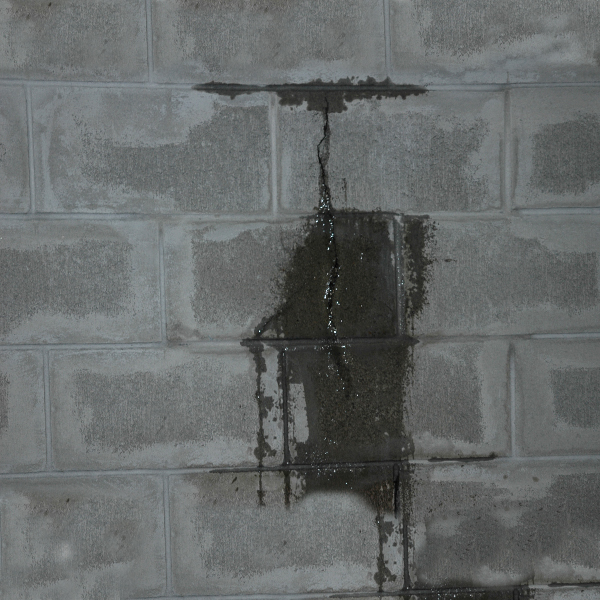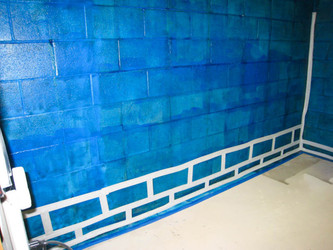How to Fix a Leaky Basement
24th May 2023
Having problems with your leaking basement? Do it Yourself in Three Easy Steps!


*All specifications are the suggestion only
1. Clean & Prepare the Surface
- Read all instructions on the label before beginning.
- Do not use soaps or detergents prior to the cleaning surface.
- Always run a test patch first in an inconspicuous area to ensure that proper adhesion and drying occurs with the product. Do not proceed unless you are completely satisfied.
- Be sure that surfaces are clean and dry before applying the coating.
- caulk all cracks greater than 1/8 inch wide with Ames Blue Max Trowel-Grade.
2. Seam Tape & Prime the Surface
Surfaces with joints, cracks, flashing, vents, or where two unlike surfaces, come together require Ames Peel & Stick Seam Tape (PS250) 2″x50′, (PS450) 4″x50, or (PS650) 6″x50 to provide additional strength and reinforcement. (See Ames Peel & Stick Seam Tape label for instructions.)
3. Paint, Roll, or Spray On
Apply Ames Blue Max to the surface. We recommend two gallons per 100 square feet for walls, and three gallons per 100 square feet for cisterns; or as needed. Ames Blue Max is slightly tacky and may be top coated with Ames Block & Wall Acrylic or Ames Paint & Prime. Ames Blue Max needs to be top coated in applications with direct sun contact to protect from UV degradation. Applications below ground, such as ICF (insulated concrete form), foundations, and water tanks/cisterns prior to backfilling do not need to be top coated.
Concrete Walls and Foundations
- The surface must be clean, dry and free of loose materials. Fill all joints or cracks wider than 1/8 inch with Ames Blue Max Trowel Grade.
- It is important to seam tape all joints and cracks with Ames Peel & Stick Seam Tape (PS250, Ps450, or PS650) to avoid future cracking and leaking.
- Ames Blue Max may be brushed, rolled, or sprayed. We recommend two gallons per 100 square feet for walls. The application must be applied in a continuous, unbroken seal with a minimum dry thickness of no less than 30 mils ( the thickness of a dime).

